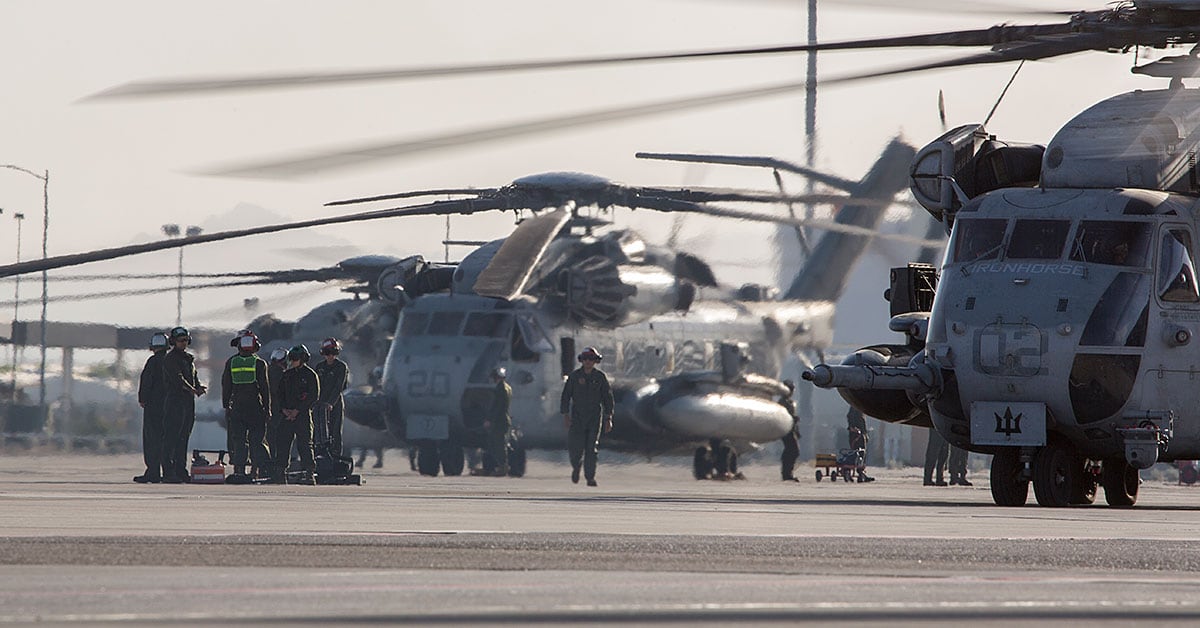An unmanned MQ-8B Fire Scout helicopter clipped a building and crashed last month at Naval Base Ventura County Point Mugu in California, one of at least four so-called “Class A” mishaps to take place within Navy aviation in the month of August.
Class A is the most-severe mishap level and generally involves at least $2.5 million in damage, or the loss of life or serious injury.
The Fire Scout drone clipped a building on the base at about 12:20 p.m. on Aug. 14 before crashing to the ground, according to a Navy statement.
No injuries were reported and the building suffered what the Navy described as “superficial” damage.
While there was no fire or explosion as a result of the mishap, local fire crews responded and doused the wrecked drone with firefighting foam as a precaution.
RELATED

The 31-foot, 3,150-pound Fire Scouts provide reconnaissance, situational awareness and targeting support to forces at sea, and the drone that crashed was assigned to Helicopter Sea Combat Squadron 23.
The Navy suffered three other major aviation mishaps last month, according to its data.
An E-2C Hawkeye crashed during a training mission off Virginia on Aug. 31, and the crew was able to bail out safely.
Eight days earlier, another Hawkeye struck the mounted missile on a parked F/A-18 Super Hornet jet when the Hawkeye’s hook failed to grab a landing cable on the aircraft carrier Nimitz.
No injuries were reported in that incident.
And on Aug. 3, an EA-18G Growler jet suffered a port engine failure while conducting an “Initiated Built in Test,” which resulted in metal debris and cracks in the exhaust section, according to Navy records.
Officials have not yet disclosed the particulars regarding what transpired in that mishap.
Four out of the 10 reported naval aviation Class A mishaps occurred in August this fiscal year, which ends Sept. 30, according to Navy data.
This year’s 10 Class A aviation mishaps already eclipse the eight Class As reported by the sea service in 2019.
The military’s overall number of major aviation mishaps declined slightly from 2018 to 2019, from 1,036 to 1,005, respectively, according to a Military Times analysis of Defense Department data.
[Editor’s note: This story has been corrected to accurately reflect the damage threshold for a Class A mishap.]
Geoff is the managing editor of Military Times, but he still loves writing stories. He covered Iraq and Afghanistan extensively and was a reporter at the Chicago Tribune. He welcomes any and all kinds of tips at geoffz@militarytimes.com.




